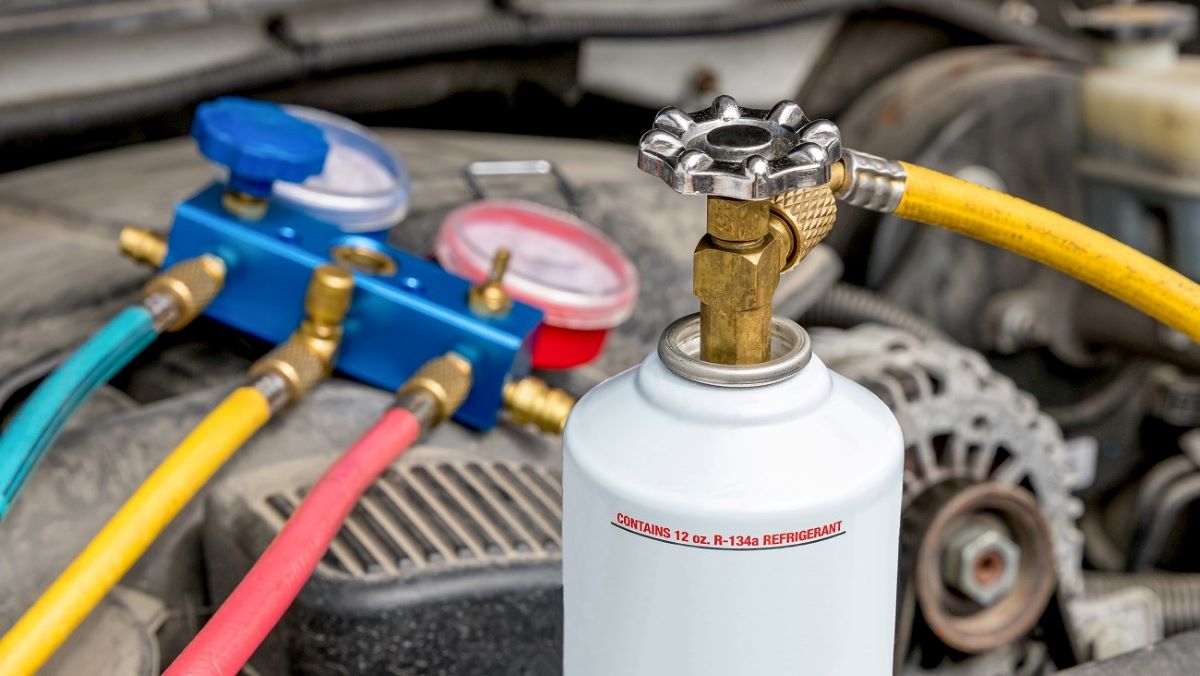Most people make at least some effort to minimize their impact on the planet’s ecosystems. Recycling and saving energy are mainstream practices now, and most of us try to buy more sustainable products. Buying sustainable products does make a difference, but it’s important learn to identify greenwashing, the practice of emphasizing the environmental benefits of a product while ignoring its continued negative impact on the planet.
Marketing studies show that 78% of Americans believe companies should be environmentally responsible and 64% say they feel happy when buying sustainable products. But even the most eco-conscious consumer doesn’t have time to dive deep into research on the environmental merits of every product they buy.
Greenwashing takes advantage of consumers’ limited time to make you feel better about their products instead of making their products more sustainable. But finding out that you’ve been taken in by greenwashing can have you seeing red instead.

Buyer Beware
The old saying, “Buyer beware,” is every bit as true when it comes to sustainability as it is for other aspects of product quality and performance. Federal Trade Commission (FTC) Green Guides provide guidelines to help responsible marketers avoid making environmental claims that mislead consumers. A form of false advertising, greenwashing can be illegal. But it’s easy to mislead without telling a lie. Since most greenwashing does not involve explicitly false statements, it’s hard to take legal action against it. FTC has filed only two to five environmental marketing cases per year since 2015, which means that very few greenwashers are ever held accountable.
Shopping your values is hard work. You absolutely have to do your homework for major purchases like mattresses or a new roof. And it’s a good idea, when you can, to spend a little time looking into common purchases that you make repeatedly – like household cleaners and personal care products. But sometimes all you have to go on is the claims on the product packaging.
Although greenwashing is widespread, it uses only a handful of strategies that a savvy consumer can learn to recognize pretty easily.
Greenwashing Strategies
If you want to protect yourself from companies trying to exploit the powerful emotional lever of feeling good about doing the right thing, familiarize yourself with the primary greenwashing strategies.
One example of these strategies is making broad, unsubstantiated claims (what does “eco-friendly” mean, anyway?). Greenwashing can involve true statements about the product that are irrelevant or insignificant to the product’s environmental footprint. Or they can be as extreme as outright lies, such as saying a product is recyclable when it is not, or claiming to have an Energy Star rating when it does not.
Broad, meaningless claims don’t seem as bad on the surface as outright lies. But greenwashing in all its forms is more than just cynically taking advantage of consumers’ desire to do good. It does real harm to the environment.
Some of the world’s biggest polluters have used greenwashing to distract from the environmental damage caused by their company and its products. The company then accepts accolades for its environmental progress while continuing to pollute with impunity.
As long as greenwashing works, companies have little incentive to improve their products. And consumers, believing that they are making green choices, continue to complacently purchase wasteful and polluting products instead of making the changes that would reduce their consumer footprint.
A Consumer Caveat
While examples of greenwashing are easy to find, truly green products are not. Despite corporate pledges to become carbon neutral or resource-positive, to date, there is no company capable of producing products with zero environmental impact. When you shop for sustainable products, you are still really only looking for the most sustainable product available – which may not be very sustainable at all.
But learning how to identify greenwashing will make it easier to tune out the noise of mercenary marketing tactics and spot the companies whose environmental claims really reflect a greener product.
The strategies used in marketing to make consumers think a product is more sustainable than it really is have been studied and classified. Over the next few weeks, Earth911 will look at the different kinds of greenwashing in detail. We will identify the hallmarks of false and misleading claims so that you know what to look for when you’re shopping. Once you’ve learned how to look for it, most greenwashing will be easy to spot and avoid.
This article is the first in a six-part series that includes the following topics:
- How to Spot Greenwashing
- Uncovering Greenwashing
- Greenwashing the Lesser Evil
- Untruth in Advertising
- Finding the Real Green Thing
The post What Is Greenwashing? appeared first on Earth 911.







